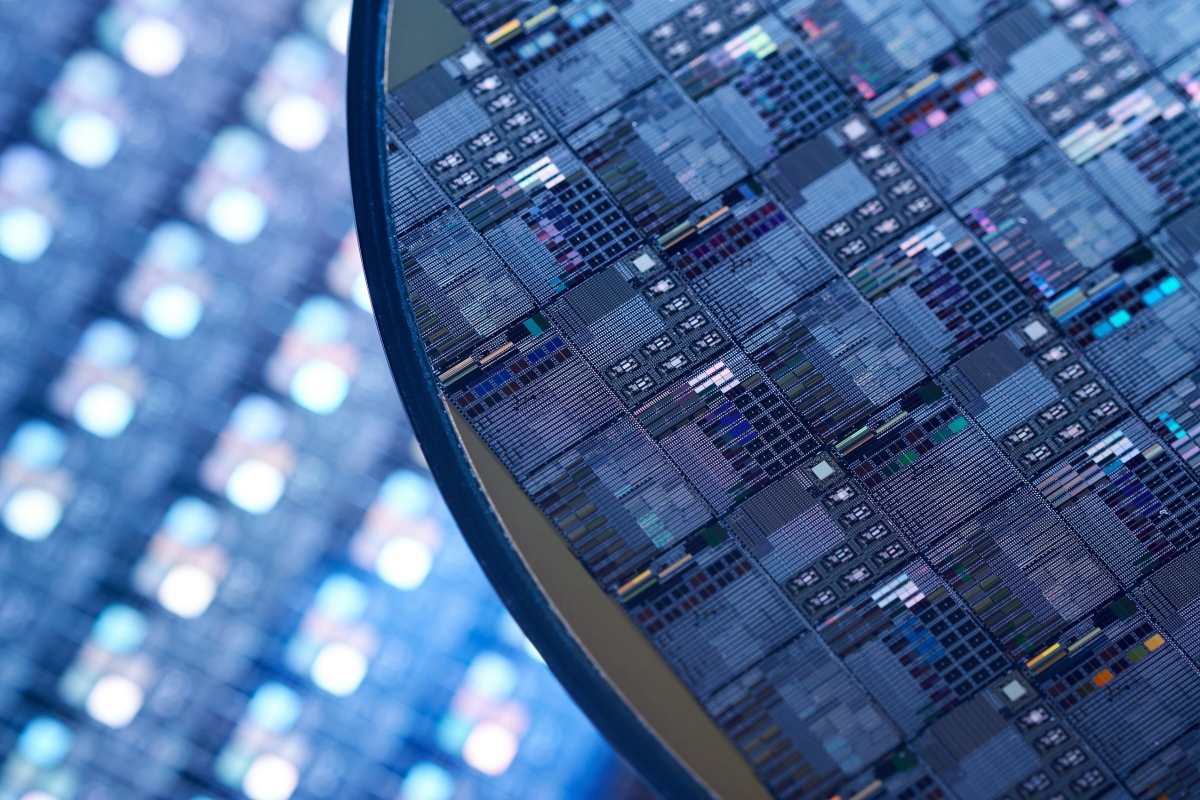N7 Pro is also going into mass production soon for the September iPhone, that's a much higher volume product than a console and Apple is absolutely not stingy on die area/transistor budget. It's based on 7nm+, and might be exclusive, but that should say something about N7+ yields.
A12 @ 6.9(nice) billion transistors, A12X at over 10 billion
The Taiwan Semiconductor Manufacturing Company (TSMC) has said it would soon improve its 7-nanometer manufacturing process, used in the fabrication of Qualcomm's Snapdragon 855, Apple's A12 Bionic,...

www.techspot.com
Now awaiting TSMC N7+ Pro, N6 Pro, N7DoublePlusGoodPro...







